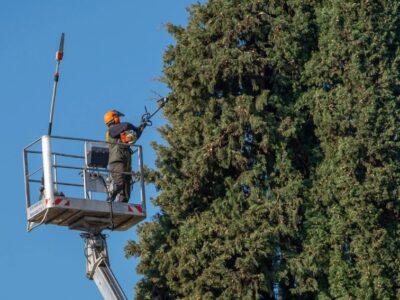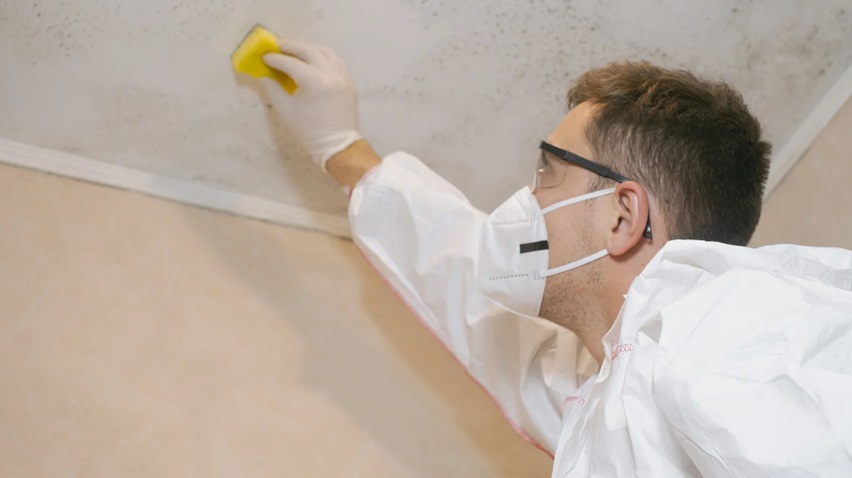Wrought iron is a frequent material for fences that encircle residences and yards. The fence’s inherent resistance is one of these components. Because of its resilience and resistance to bending, tensioning, and denting, the owner is concerned that the 100-year fence will not require repairs very soon.
Errors can occur even with more complex systems. Over time, your decorative wrought iron fence may corrode and disintegrate. If this happens to you, be sure the business constructing the fence has the resources to address any concerns as soon as they develop. You may want to learn more about the injury and how serious it is. In the following paragraphs, we will go deeper into this issue and look at how wrought iron fences evolved.
In a Nutshell: Iron Fence
The advent of blast furnaces in the 14th century enabled the construction of the first wrought iron fences. The railings were built with fundamental design principles in mind. Rails were installed in the enclosed hallway and staircase to improve security. Church ornamentation and architecture are two further examples of early architectural styles. Wrought iron remained in use in the late nineteenth century, despite the fact that steel was more commonly accessible and reasonably priced. Its operating system took almost 200 years to build. Cast iron railings were infrequently used until the late 18th century when new manufacturing processes made them inexpensive.
Cast iron became popular once the Adams brothers discovered how simply and quickly it could be fashioned into classic forms. They realized that metal could be quickly and easily formed into classic shapes via molding. Before 1850, very few individuals utilized cast iron to adorn the façade of their dwellings. Iron was frequently utilized for railings and parapets on low stone walls. Cast iron was commonly used to create Victorian railings, boards, gates, and other ornamental components. As its popularity grew during the Victorian era, it was also employed for middle-class dwelling roofs, porches, and bay windows.
Victorian architecture was distinguished by its extraordinary dimensions, styles, and aesthetic appeal. Mosaic tiles were commonly used to highlight landscape components such as gates, fences, and paths due to their attractive form. We created this to gloat about our successes.
There are two kinds of iron: cast iron and wrought iron. Victorian gates and fences are still common features of older British terraced buildings. These fences and gates were used to construct a wall separating private property from public highways, there02fore improving security.
When classical ironwork is employed as terrace gates, fences, railings, or decoration, it is frequently intended to fit in with the surrounding scenery. This applies regardless of how the ironwork is intended to be utilized. The artists of the “gracious age,” who grasped the opportunity to produce eternal works of art, are credited with popularizing the Victorian aesthetic. Cast iron railings and gates with exquisite carvings were quite popular at the time. Cast iron gates and walls were becoming increasingly popular in catalogs by the late 1800s, even in the most affluent Victorian estates. These might be gate or wall constructions.
The Impact of Climate on Fencing
Even if your wrought iron fence was designed to survive extreme weather conditions, it may ultimately come apart. Far too often, the most damaging occurrence to the fence’s look happens. Moisture in the form of rain, snow, ice, and other things can damage your fence. This could happen gradually. Strong winds are another weather hazard that might compromise the barrier’s safety.
Certain things are unavoidable, no matter how hard you try. You can prevent rusting by inspecting your fence on a regular basis, particularly after storms, and repairing any damage you see.
Corrosion Has the Potential to Destroy
Iron and other metal fences, like other metals, are very prone to corrosion. This is a common source of frustration for homeowners who have only had wood or vinyl fences on their property. Issues with oxidation must be addressed quickly.
You may extend the life of your fence by checking for early symptoms of rust on a regular basis. Sandpaper and wire brushes can be used to restore the object under study to its original pristine condition. After removing the rust, apply two or more layers of damage-resistant paint. When painting or sanding, wear a mask to protect your lungs from potentially hazardous particles.
Ask the company that built your fence if they can send someone to fix any visible rust patches. If your fence contains any rust stains, inquire whether the contractor can send out repair staff.
Enhancing Your Obstacle
Hanging or leaning anything against your fence requires extreme caution. The device’s design prohibits it from being used to move large amounts of weight. The weight it must support may eventually cause the fencepost to strain or even break. This is especially true when using smaller wrought iron fence posts. Larger weights will ultimately become too much for a wrought iron fence to support.
Don’t add anything to your fence until you’re confident it won’t make it heavier than it already is. For example, you might use Christmas lights to replace the gigantic poinsettia wreaths hanging from the fence posts. If you are unclear whether the fence can support a specific weight capacity, contact the authorized professional who erected it.
It’s Acceptable if You’ve Had Accidents Before
If your property confronts a busy road or a curve in the road, use reflective sticks or brightly colored lights along your fence to lessen the possibility of a traffic collision. If a car damages your fence, you should call your homeowner’s insurance provider to see whether you are liable for the expenses of repair.
If your fence collides with a vehicle or other large item, it will most likely experience substantial damage. Please inform the firm who erected the fence if you see anything that may jeopardize its integrity.
Call Them Today!
Regular maintenance and inspections of wrought iron fences are required to identify any possible problems. You want to make sure a fence lasts as long as possible, given how much it costs.
Determine what maintenance is recommended by the fence building company in order to keep the fence looking well. If you’ve bought a property with an existing fence and need it mended, contact a reputable firm like Butte Fence. We provide a variety of alternatives for wrought iron fence designs. If you have any questions or want to place an order, visit www.buttefence.com.






Comments